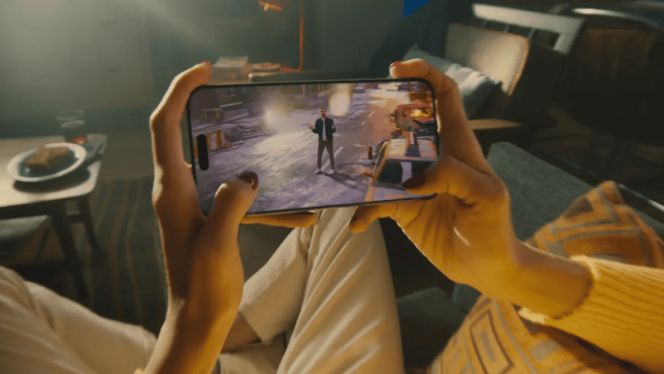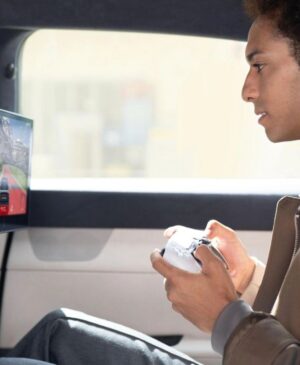TECH NEWS – The A17 Pro, the chip used in the phone, cannot score high enough in benchmark tests by default (without external help)!
The new iPhone 15 Pro/Pro Max chip, the A17 Pro, was tested in Geekbench 6 and could only score <10% higher than the A16 Bionic, as the iPhone 15 Pro Max, the current flagship phone, is unable to stay at low temperatures for extended periods, resulting in thermal throttling that reduces its performance to avoid burning out under load, and a more robust cooling solution is needed to achieve high scores in both single and multi-core tests!
The iPhone 15 Pro Max scored 2999/7779 (single/multi-core) in Geekbench 6, which is 20% higher than the A16 Bionic chip. Still, in a video from China, Geekerwan demonstrated that the 6.7″ phone slows down due to high temperatures and can only achieve optimal high performance with the help of a more extensive external fan system (shown below), indicating that the 3-nanometer architecture does little to help with the overheating problem. Either Apple hasn’t provided its device with a sufficient cooling system, or TSMC’s manufacturing process has gone overboard regarding power efficiency. The mobile surface heated up to 48 degrees when running the benchmark, and that’s already uncomfortable. Playing games for extended periods can be too hot for many!
Apple is billing the A17 Pro chip as a gaming powerhouse (we’ve written about the four AAA game announcements before), and the hardware-accelerated ray tracing is four times faster than the A16 Bionic. Still, this performance is only helpful on paper if the chip overheats, and we’ve also written that the A17 Pro codename is highly suspect and may just be a more advanced A16 Bionic…
All iPhone 15s will come with three battery settings, so you can use the device as long as possible without charging. Joe Rossignol, an editor at MacRumors, told The Verge that we’ll have the option to stop charging at 80%. Optimized Battery Charging (OBC), 80% limit, and unlimited charging are three options. The OBC differs from the current option (it will delay charging when 80% is reached). The 80% option will stop charging, and the unlimited option will charge to 100% and thus last the longest, but in return, the battery life will degrade and eventually need to be replaced. The 80% limit is intended for people who would use the phone for years and not replace the battery after 1 or 2 years, but in return, you will have to charge it more often.
All of it does not sound good.

















